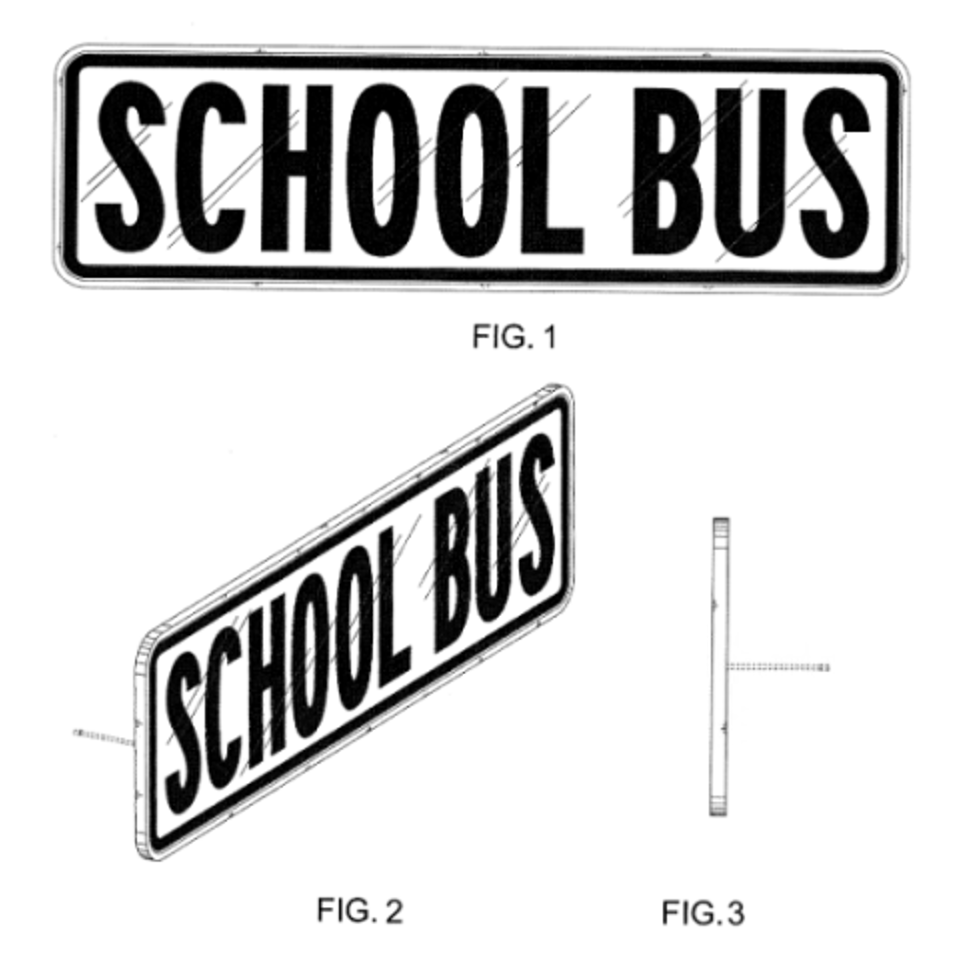On Thursday, November 13, 2025, the U.S. Court of Appeals for the Federal Circuit (CAFC) issued an opinion concluding the appealing defendant forfeited its objection to plaintiff’s expert testimony on infringement, but that the district court erred in its construction of the term “transparency” and that a new infringement trial is necessary.
Over defendant’s objection, the district court had construed the design patent claim term “transparency” to mean both “transparent” and “translucent.”

At trial, in support of its infringement theory, plaintiff moved to recognize an expert in “LED lighting and illuminated signage” and once admitted as an expert witness, defendant did not object, however when the expert began testifying as to the perspective of an ordinary observer, defendant objected to his testimony based on his purported lack of qualifications. The district court overruled this objection, and the jury subsequently found infringement.
Expert Testimony
A district court’s admission of an expert witness is reviewed on appeal for abuse of discretion. Sundance, Inc. v. DeMonte Fabricating. Ltd., 550 F.3d 1356, 1360 (Fed. Cir. 2008).
Whether a product infringes a design patent hinges on whether an ordinary observer would consider the two designs to be substantially the same. Top Brand LLC v. Cozy Comfort Co., 143 F.4th 1349, 1358 (Fed. Cir. 2025) (quoting Gorham Co. v. White, 81 U.S. 511, 528 (1871)).
At trial, the expert testified that an ordinary observer for the purposes of the subject design patent is a school bus dealer or the person making the purchasing decision for a school district’s school bus fleet, a definition that the parties do not contest on appeal.
The Expert conceded that he is not an ordinary observer himself, and that he has not worked with ordinary observers before. However, he did testify that he had experience working in the automotive and transportation industries, was familiar with the relevant regulations that applied to school buses, and was an expert in lighting systems and signage.
The CAFC has not decided for design patent infringement what exactly qualifies an expert witness to testify to the perspective of the ordinary observer. In the utility patent context, an expert witness may testify as to the perspective of a person of ordinary skill in the art (“POSA”) even if the expert possesses extraordinary skill, but to be relevant, the expert must establish familiarity with the perspective of a POSA. FastShip, LLC v. United States, 968 F.3d 1335, 1340 (Fed. Cir. 2020); Ruiz v. A.B. Chance Co., 234 F.3d 654, 667 (Fed. Cir. 2000).
The opinion notes that it seems logical that these same principles apply in a design patent context, such that expert witnesses may possess knowledge beyond that of ordinary observers yet still testify as to the perspective of an ordinary observer, provided the expert can establish familiarity with that perspective.
However, the CAFC declined to decide this issue presently because the district court correctly determined that defendant had forfeited its objection to the experts testimony.
Well before trial, the expert had described his proposed testimony in his expert report, including his analysis of the ordinary observer’s perspective. The report ultimately concluded that “an ordinary observer, giving the attention a purchaser of signs usually gives, would consider the [accused product] as a whole to be substantially similar in appearance as the claimed design.”
When plaintiff moved to admit its expert, defendant did not, object. Because defendant had knowledge of the expert’s anticipated testimony on the ordinary observer’s perspective, if defendant wished to prevent the testimony, it was required to object that the expert was not qualified to testify to that perspective before the district court ruled on his qualifications.
Claim Construction
On appeal, a district court’s claim construction based on intrinsic evidence is reviewed de novo and any underlying factual findings based on extrinsic evidence are reviewed for clear error. Apple Inc. v. Wi-LAN Inc., 25 F.4th 960, 967 (Fed. Cir. 2022).
Where a design is claimed “as shown and described”—as in the case of the subject patent—then the patent’s scope of protection is limited by the drawings and accompanying description in the patent. See Curver Lux., SARL v. Home Expressions Inc., 938 F.3d 1334, 1340–41 (Fed. Cir. 2019) (noting that37 C.F.R. § 1.153(a) “permits claim language, not just illustration alone” to identify the claimed article).
On summary judgment, the district court determined that “transparency” was “capable of being synonymous with translucency” which the CAFC found erroneous.
“Determining the correct construction must begin with consideration of the intrinsic evidence, which here includes the important fact that the design claimed is “as shown and described” in the specification, indicating to a POSA that the scope of the claim is limited by both the drawings and the accompanying description.”
The drawings use oblique shading—which a POSA would know, from the MPEP, might “show transparent, translucent and highly polished or reflective surfaces,” MPEP § 1503.02(II)—which the description then expressly narrows, stating the patent’s “oblique shading lines visible in the front and perspective views denote transparency.”
The CAFC concluded that transparency is not synonymous with translucency and does not mean both transparent and translucent and remanded for a new trial on infringement.
CFR 1.84(n) and the USPTO’s Design Patent Application Guide indicate that graphic drawing symbols and other labeled representations may be used for conventional elements where appropriate, subject to approval by the Office, and identify the following convention for designating transparency:

As for the utility patent in suit, the district court relied solely on intrinsic evidence, so the CAFC reviewed its claim construction de novo, and found that the district court correctly determined that the specification of the patent “repeatedly, consistently and exclusively” indicates that a “frame” is a separate and distinct component from the rest of the sign, and the patent describes functions of the claimed invention that cannot be performed by a sign with an integrated frame, imperiling patentee’s infringement claim.
Takeaways
- Objection to the qualification of an expert to testify on the issue of the ordinary observer’s perspective on infringement must be raised prior to admission of the expert;
- In future design patent litigation, an expert witness may well be allowed to testify as to the perspective of an ordinary observer as long as the expert establishes familiarity with that perspective;
- Design patent applicants can claim their design as shown, in case oblique oblique shade lines would indicate transparent, or as shown and described, for which any description must be carefully selected for clarity and to avoid undue limitation.


